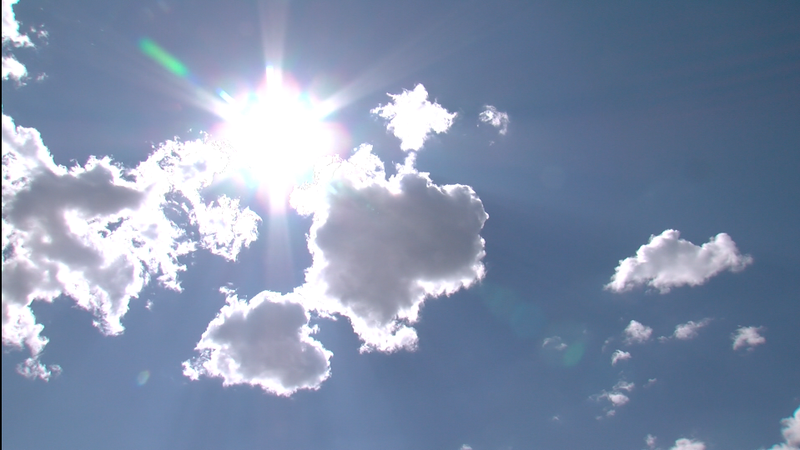
Forecaster says B.C. may have a little cooler summer
KAMLOOPS — AccuWeather Global Weather Center – May 21, 2021 – The summer solstice, which will mark the first official day of summer, is still a month away, but the beginning of June is just around the corner, and AccuWeather long-range forecasters say that in some areas of Canada, summer conditions could kick into high gear earlier than normal.
The team, led by AccuWeather Senior Meteorologist Brett Anderson, released its annual summer forecast for the country this week, warning that building heat could worsen drought conditions and increase the risk of wildfires for some regions this summer. Anderson has been forecasting at AccuWeather for 32 years, with more than a decade at the helm of the company’s focus on weather for Canada.
As the country faces the second full summer amid the coronavirus pandemic and restrictions ease up, here’s a look at some notable weather highlights Canadians can expect over the next few months with a complete region-by-region breakdown.
Warm and stormy in Eastern and Atlantic Canada


